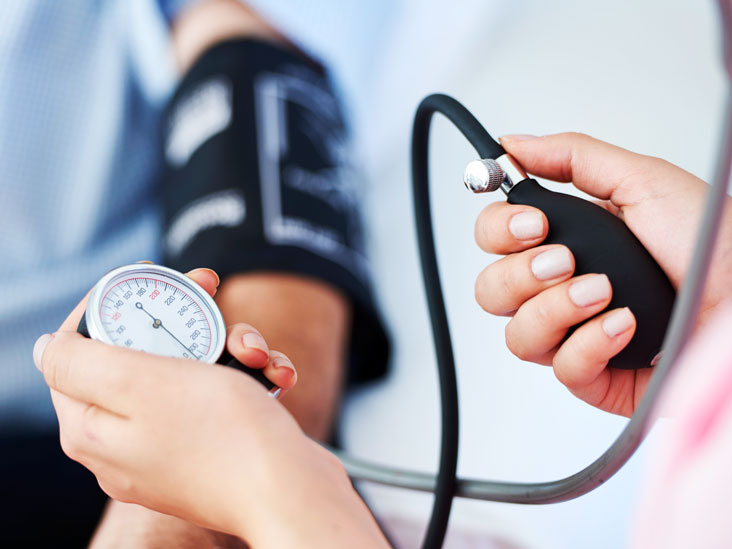This year on World Heart Day, as part of our mission to ensure heart health equity for all, we want to create a global community of Heart Heroes … people from all walks of life who are acting now to live longer, better, heart-healthy lives by making a promise:
- A promise to our families to cook and eat more healthily
- A promise to our children to exercise more and help them to be more active, to say no to smoking and help our loved ones to stop
- A promise as a healthcare professional to help patients give up smoking and lower their cholesterol
- A promise as a policymaker to support policies that promote healthy hearts
- A promise as an employee to invest in heart-healthy workplaces
A simple promise … for MY HEART, for YOUR HEART, for ALL OUR HEARTS.

Cardiovascular disease is the world’s number one killer today. But it doesn’t need to be this way. By making just a few small changes to our lives, we can reduce our risk of heart disease and stroke, as well as improving our quality of life and setting a good example for the next generation. It’s about saying to yourself, the people you care about and individuals all around the world: “What can I do right now to look after my heart … and your heart?”
Because we believe every heartbeat matters.
Everyone has the right to heart health
Looking after your heart means taking small but meaningful actions: eating a balanced diet, undertaking regular exercise, reducing your alcohol intake, quitting smoking … all the things that make you not only healthier but also able to enjoy your life to the fullest.

CVD is the leading cause of death and disability in the world, claiming 17.9 million lives a year. That’s a third of all deaths on the planet and half of all non-communicable-disease-related deaths. Around 85% of these deaths are due to heart disease and stroke.
World Heart Day plays a crucial role in changing all of this. It is a vital global platform that we, as well as our members, patient groups and supporters, can use to raise awareness and encourage individuals, families, communities and governments to take action now. To ensure that everyone has access to essential NCD medicines and those in need receive appropriate treatment, as well as secure basic health technologies can be found in all primary health care facilities. Together we have the power to reduce the burden of, and premature deaths from, CVD, helping people everywhere to live longer, better, heart-healthy lives.-
World Heart Federation











